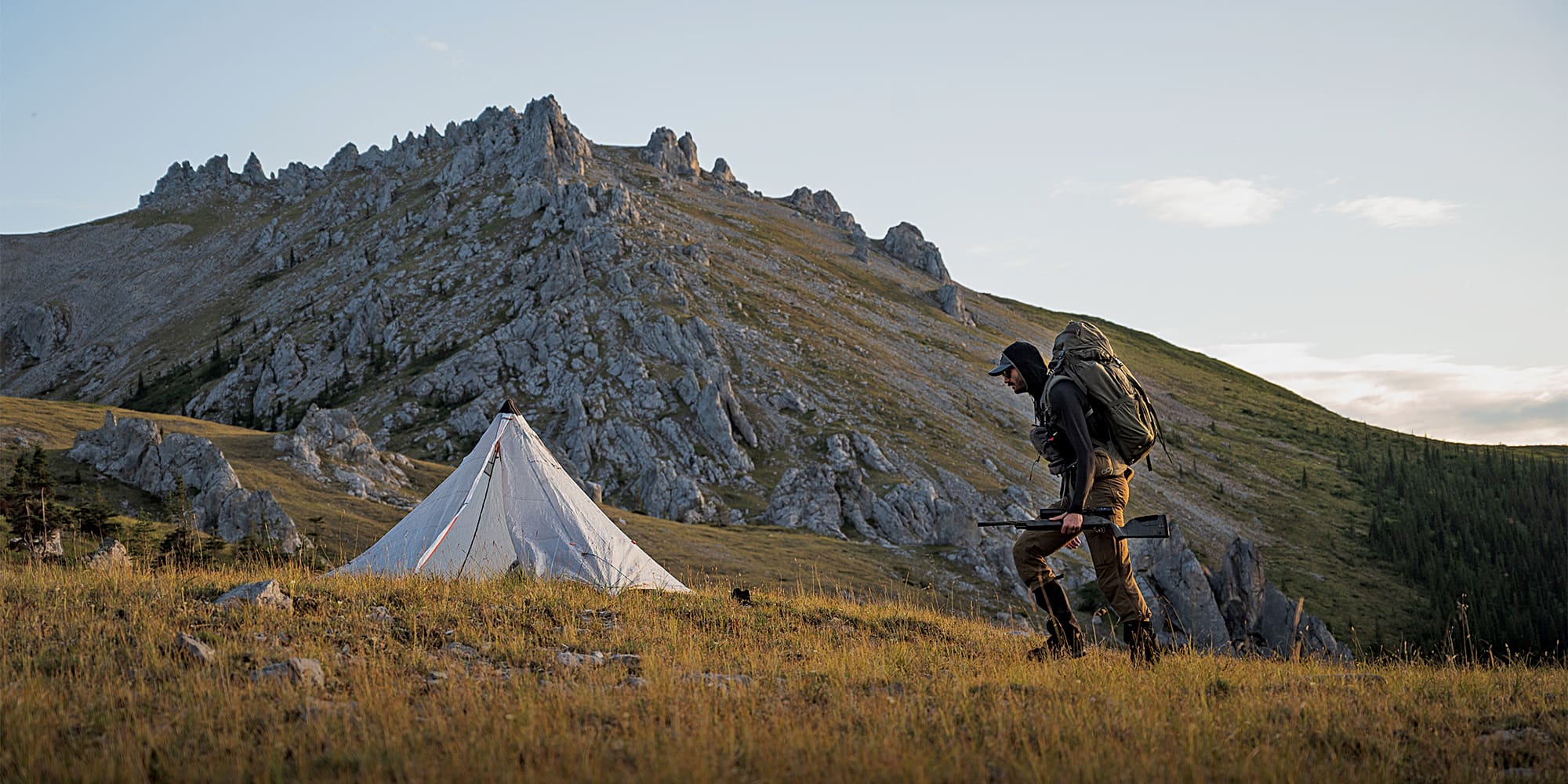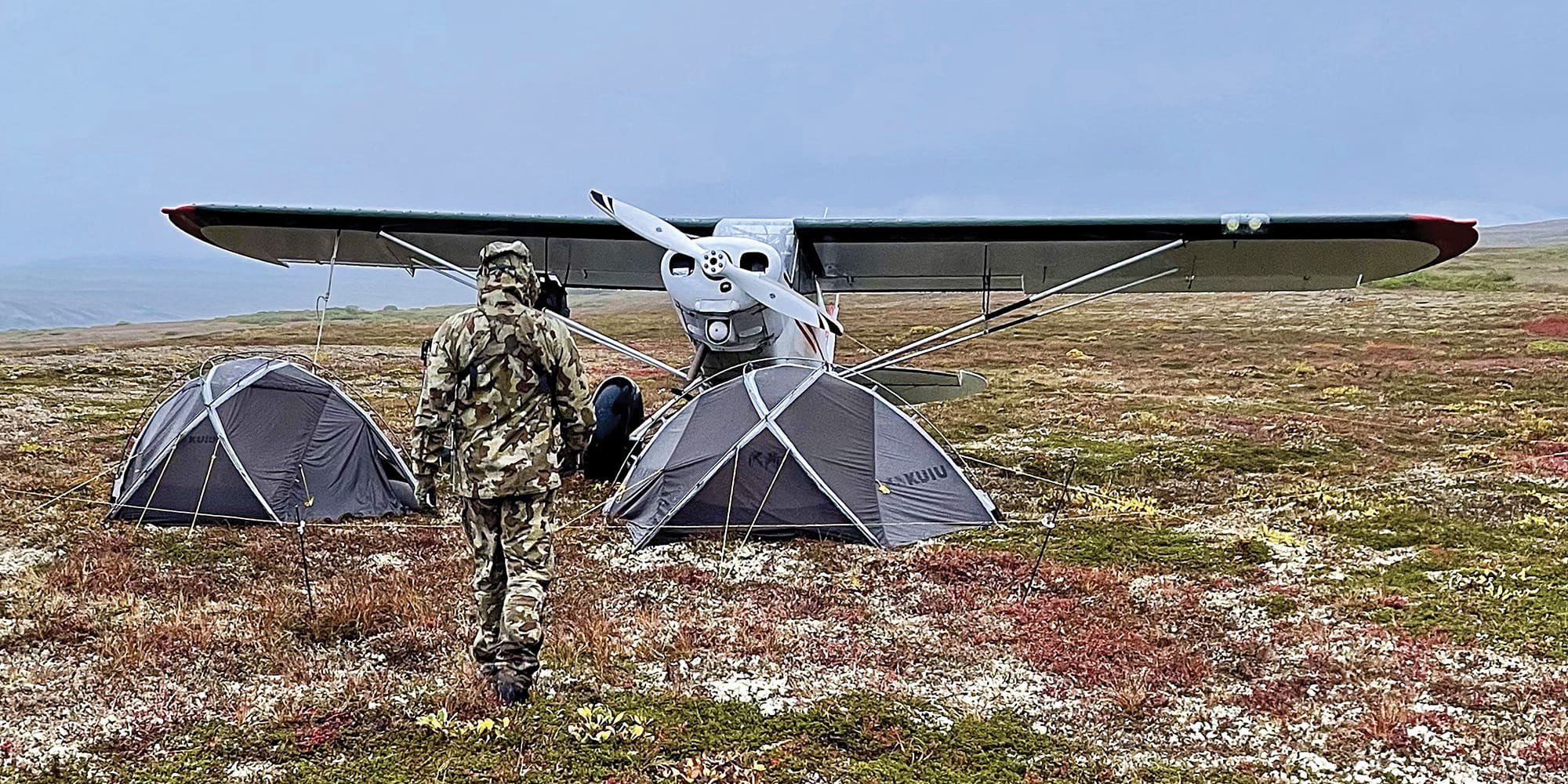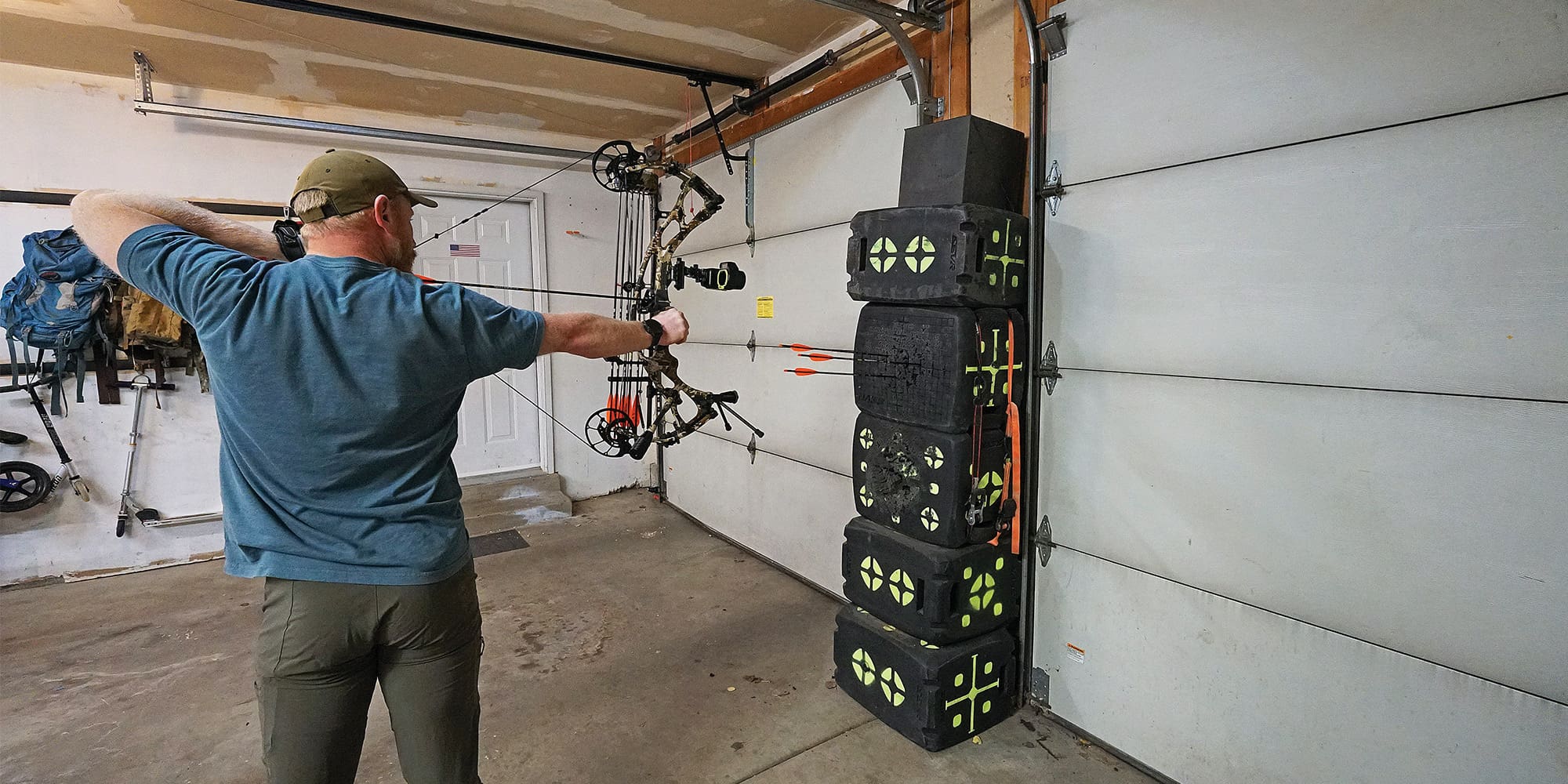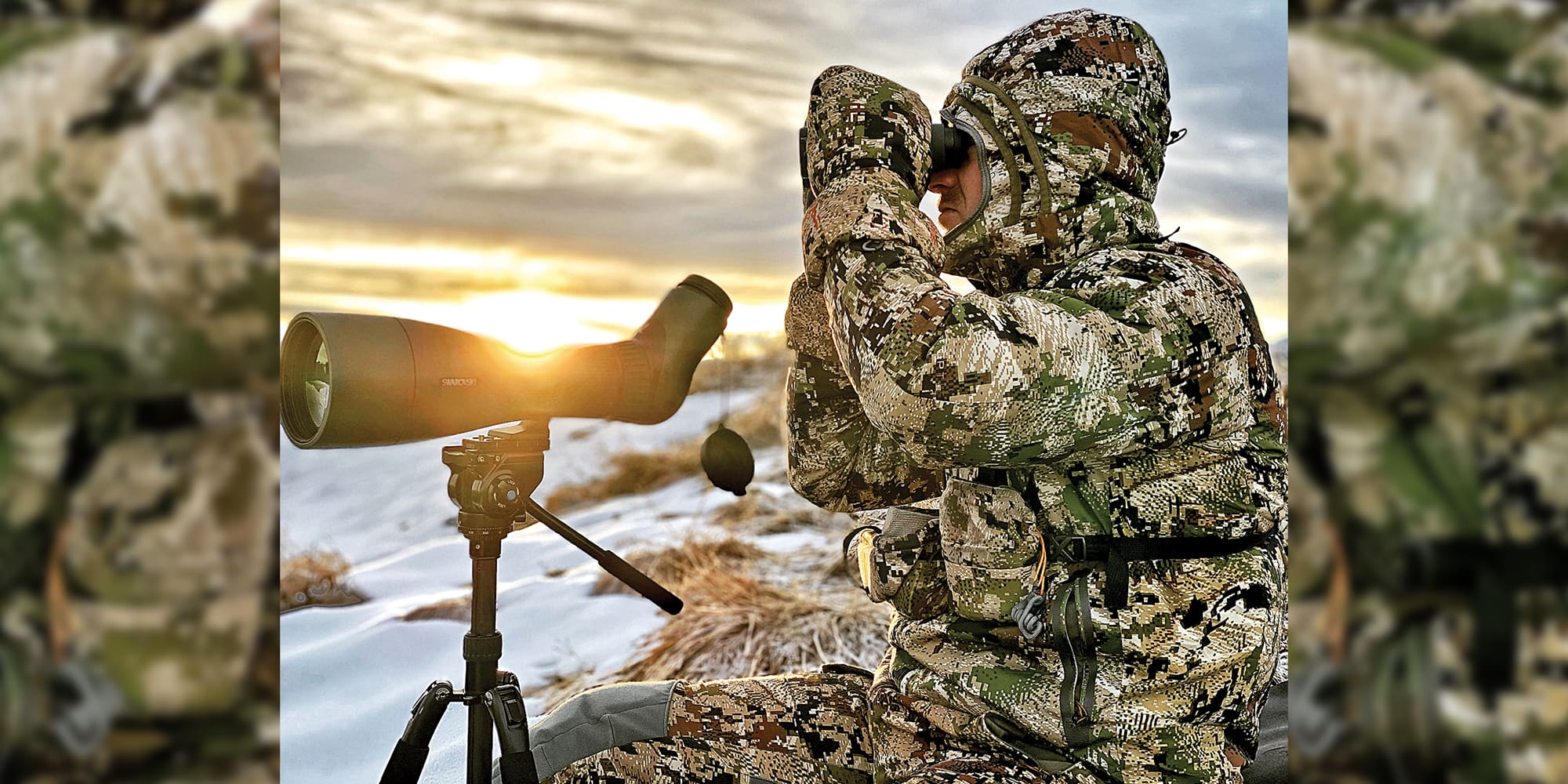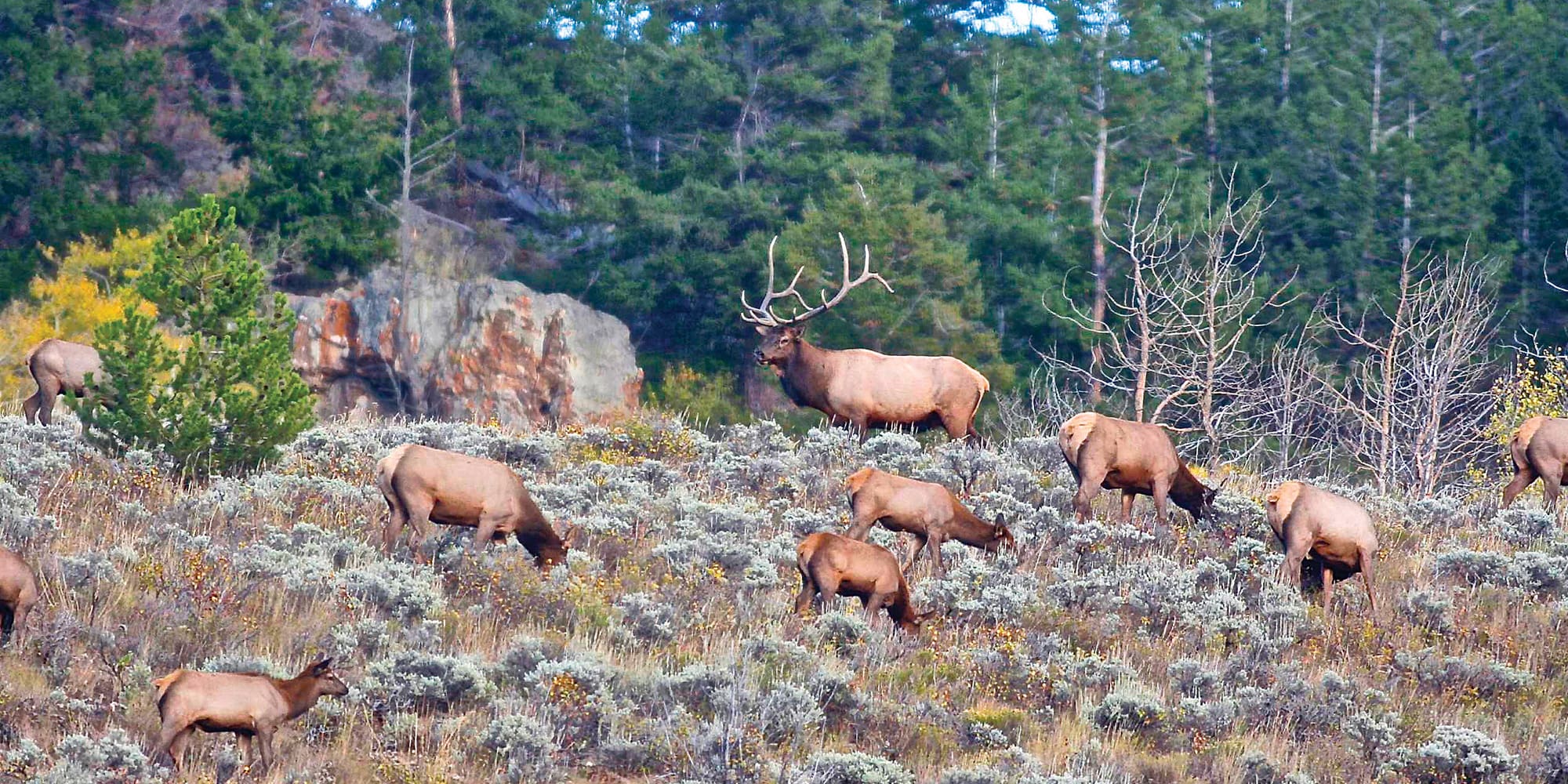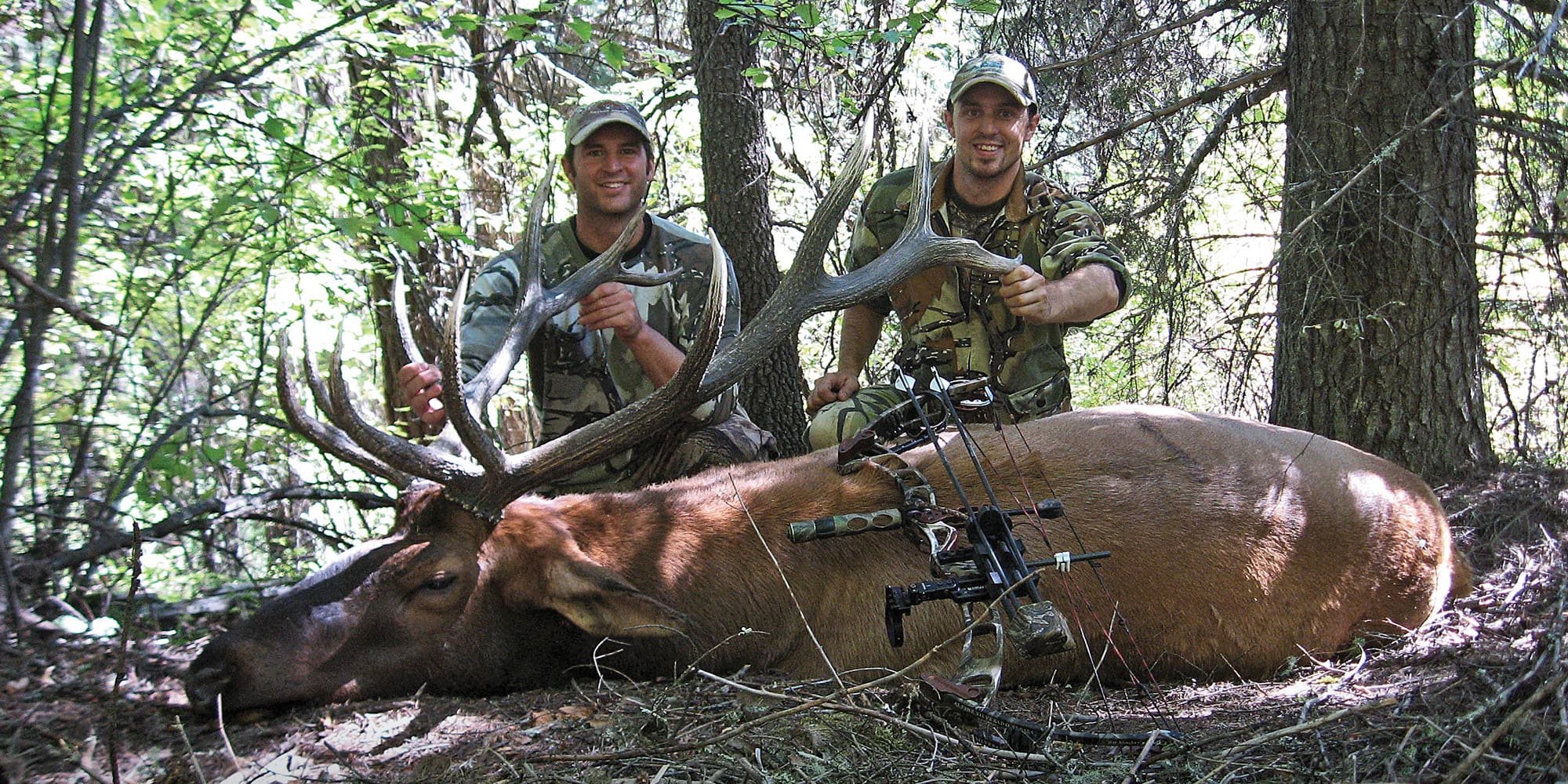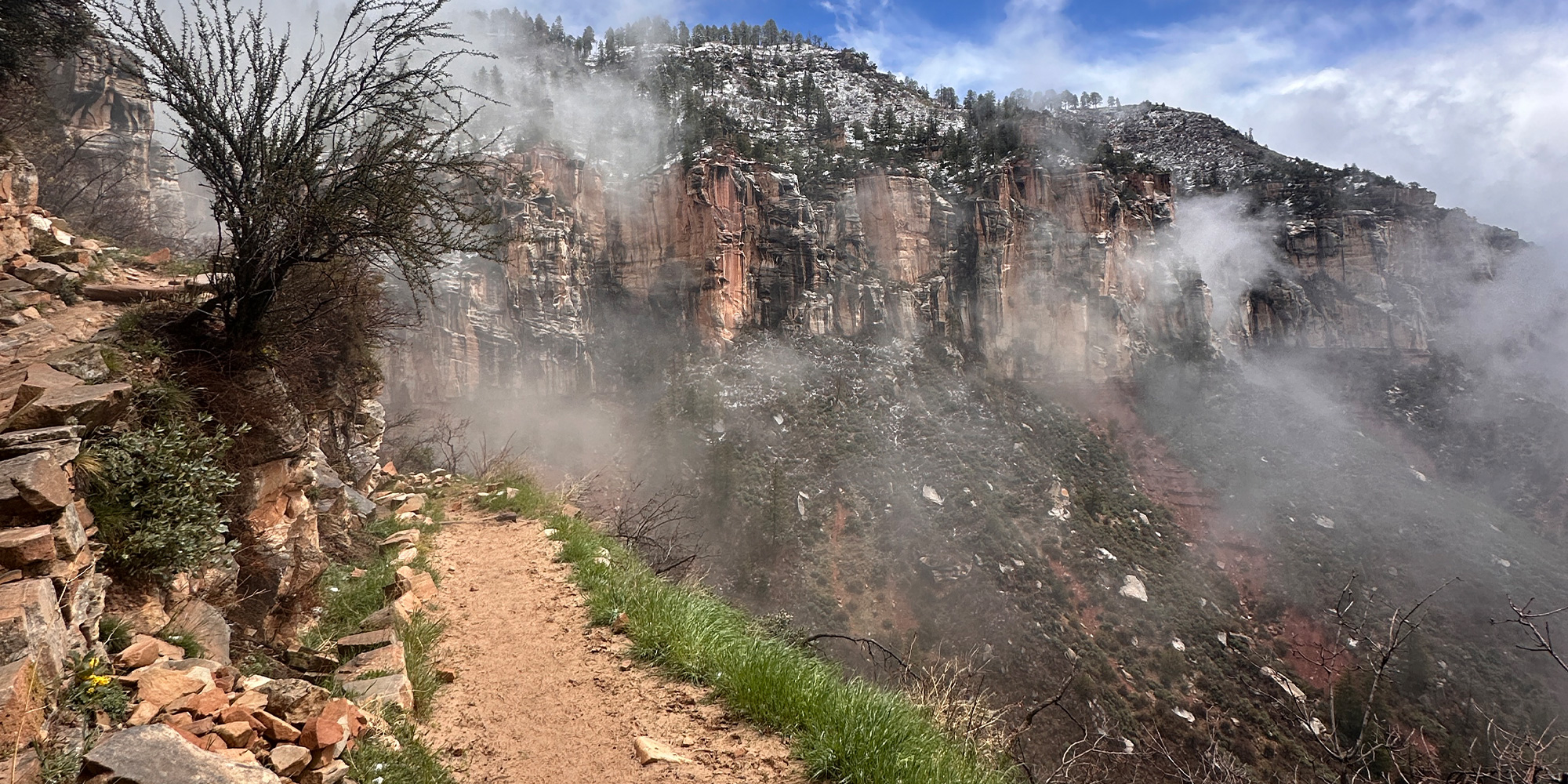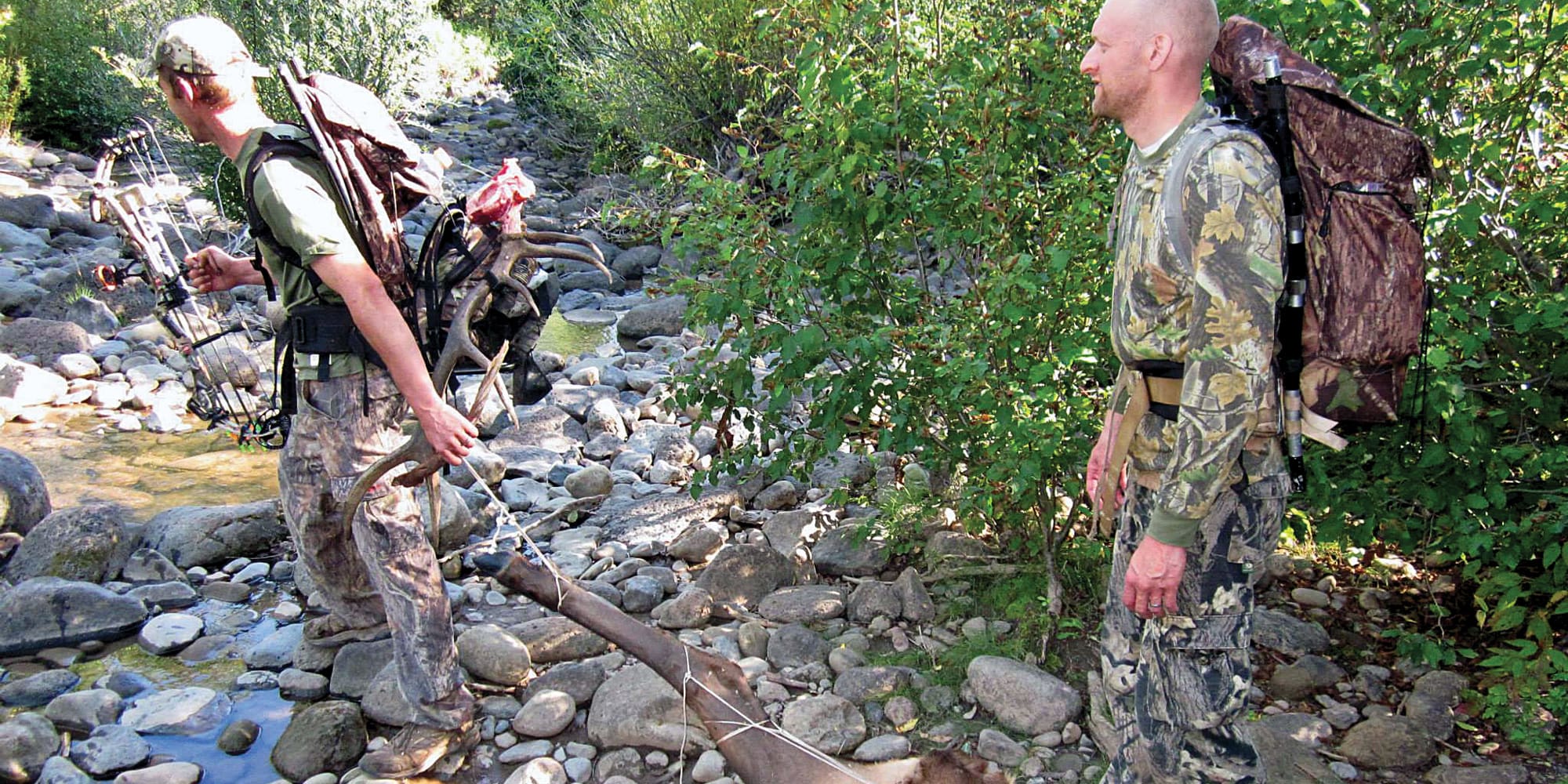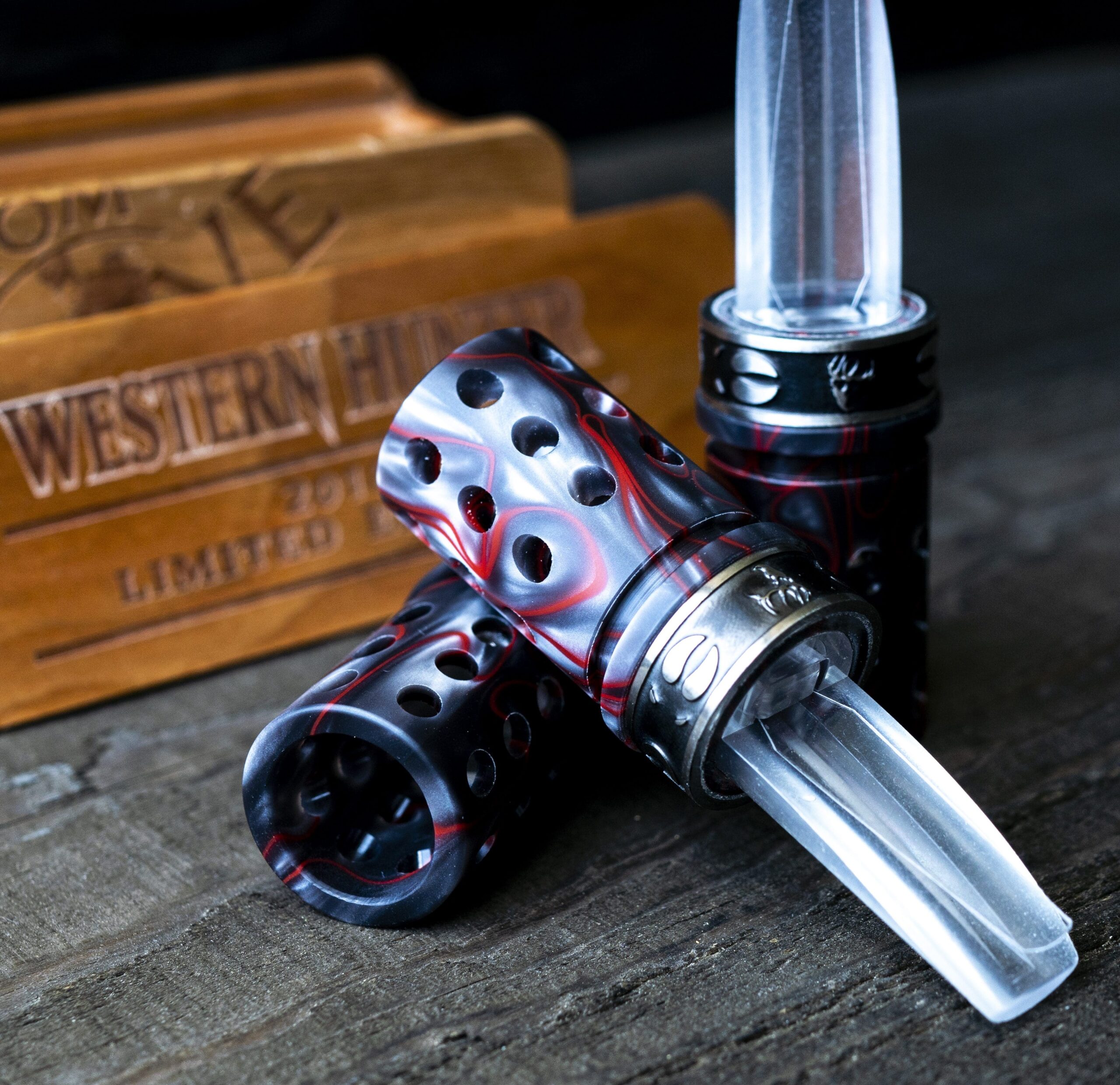
NOTICE: Certain links on this post may earn a commission for Western Hunter Magazine from Amazon or our other affiliate partners when you make a purchase. Thank you for your support.
Elk Calling: The Do's and Don'ts
Selecting a Call
In today’s market, hunters can choose from short, wide, fat, tapered, stacked, long, and skinny reeds. I like an open barrel design or one that’s short and produces a nasally sound. Regardless of the style, the thickness of the reed is critical. Thinner reeds—those around .010 in thickness—are the easiest to blow but tend to hang up more often. I prefer reeds closer to .015 in thickness, like those commonly found on cow calls. Not only are they a bit more dependable, but they also produce greater volume. As we all know, when you’re hiking all over God’s country trying to locate elk, the further your elk calling carries the greater the chance of stimulating a response.
Running a Call
Before you put the call to your lips remove all the excess saliva from your mouth. Since spit is the enemy of good, consistent elk calling, it’s also important to remove anything in your mouth that stimulates salivation, like bits of food or chew.
Next, using your teeth, pin the reed to the body of the call about 1/4" from the reed’s tip. It doesn’t take much pressure to hold the reed down, so don’t bite too hard. Wrap your lips around the call and begin to run air through it as you move your teeth up the reed—no more than about a 1/4“—then drop your lower jaw to end the call. Dropping your lower jaw will help transition from your teeth to your lips and produce the sound you want. It’s important to hold the call parallel to the ground or even slightly tipped up; this isn’t a duck call and shouldn’t be used like one. With some calls, I’ve found that cupping your hand over the end of the barrel and building up back pressure will help break to the high note a little better.
Practice
There is absolutely no substitute for practice. Great elk hunters don’t have to be world-class elk callers—but they must be able to produce the sounds they want when they want them. And in today’s world, instructional materials are never more than a click away. There are tons of great resources from professionals at Western Hunter, Elk Call Academy, and nearly all elk call manufacturers.
I also highly recommend that hunters become proficient with several different makes and styles of calls. You never know what the elk are going to respond to on any given day so it’s always a good idea to have on hand—and be able to use—more than one call. I usually have 2 on my lanyard and 2 back-ups in my pack.
Last, remember to keep your calls clean. It’s easy to forget that elk calls are some of the most important equipment we carry. When I’m in the field I use an alcohol wipe to clean between the reed and tone board every day. I take care of my calls and they take care of me!
For tips on how to have more success elk calling, check out the article written by Remi Warren titled Be More Aggressive when Elk Calling.



